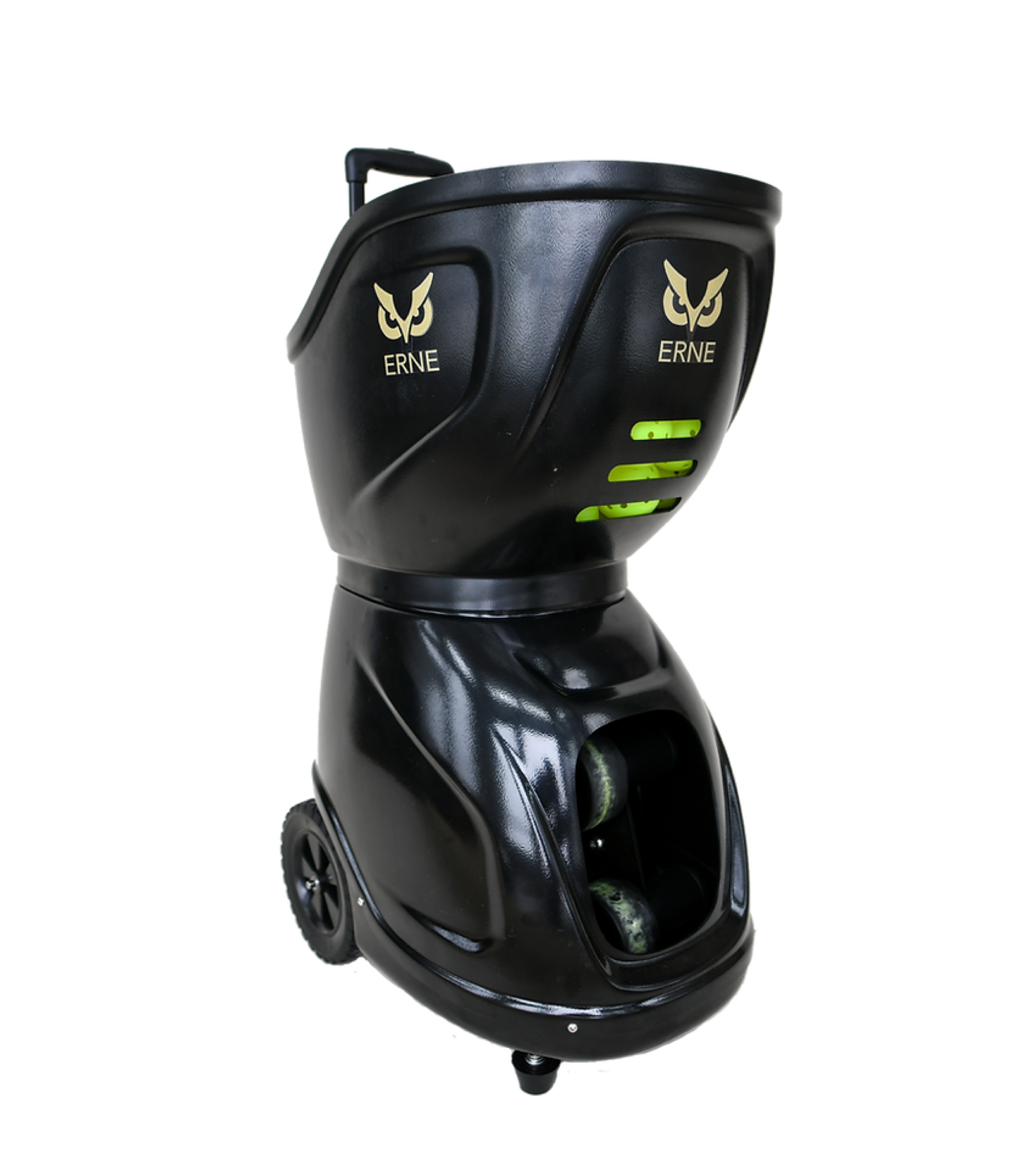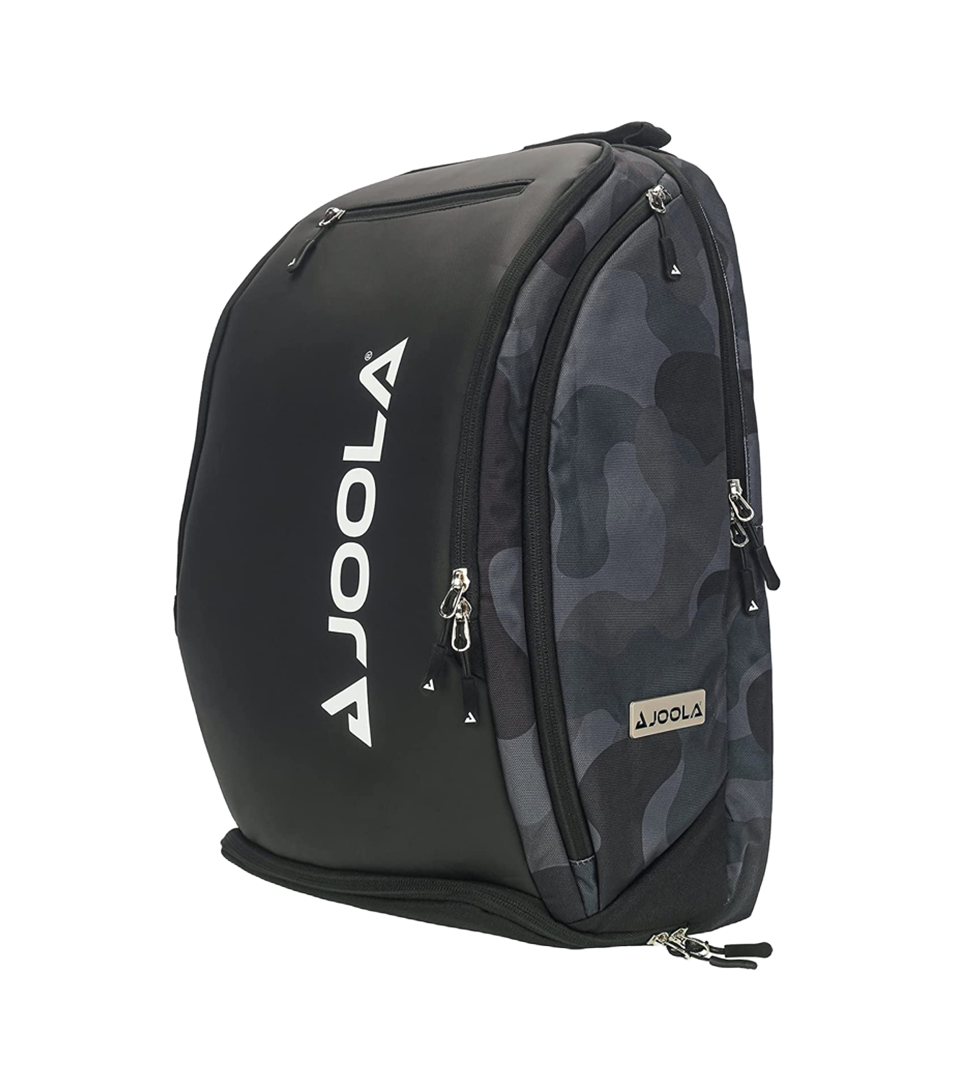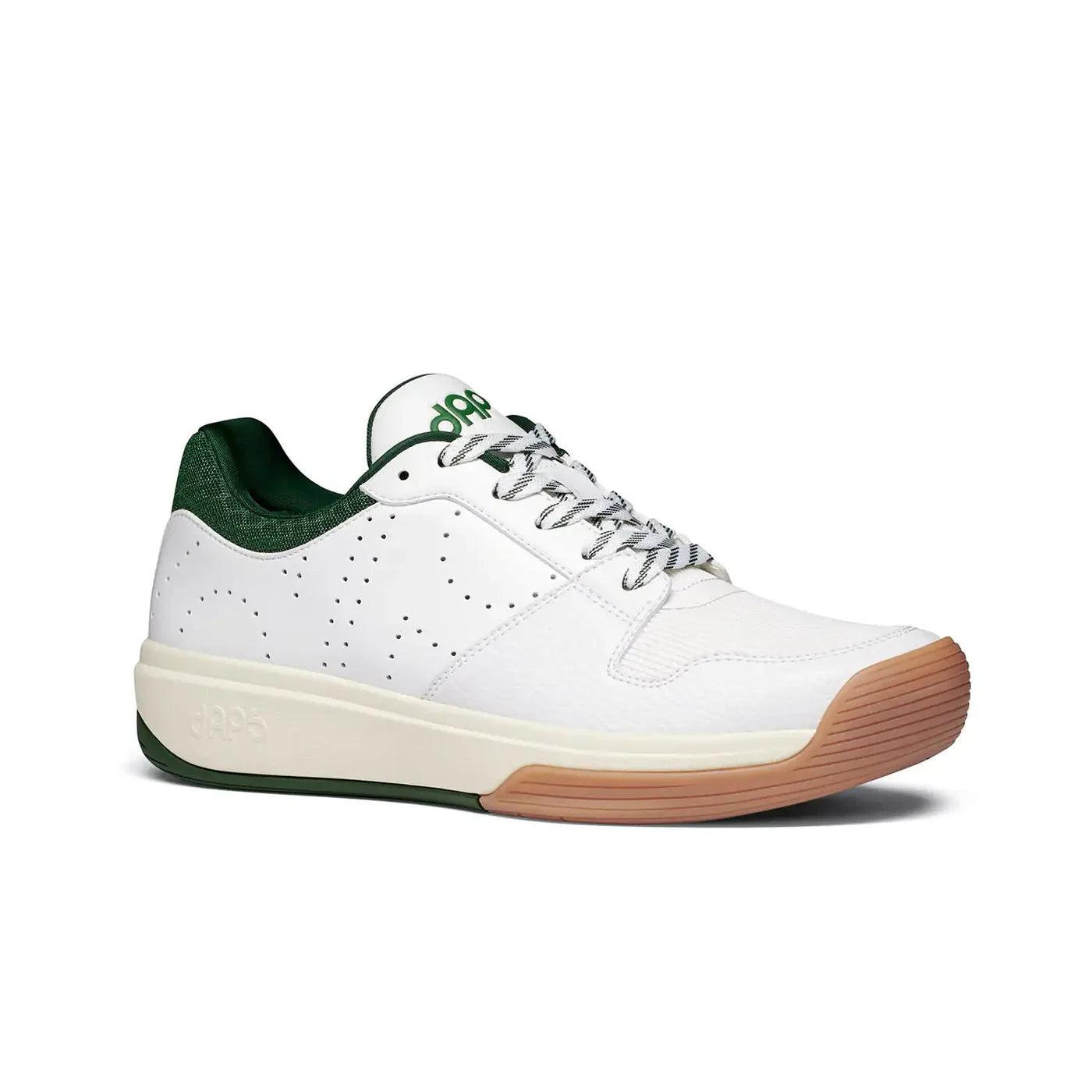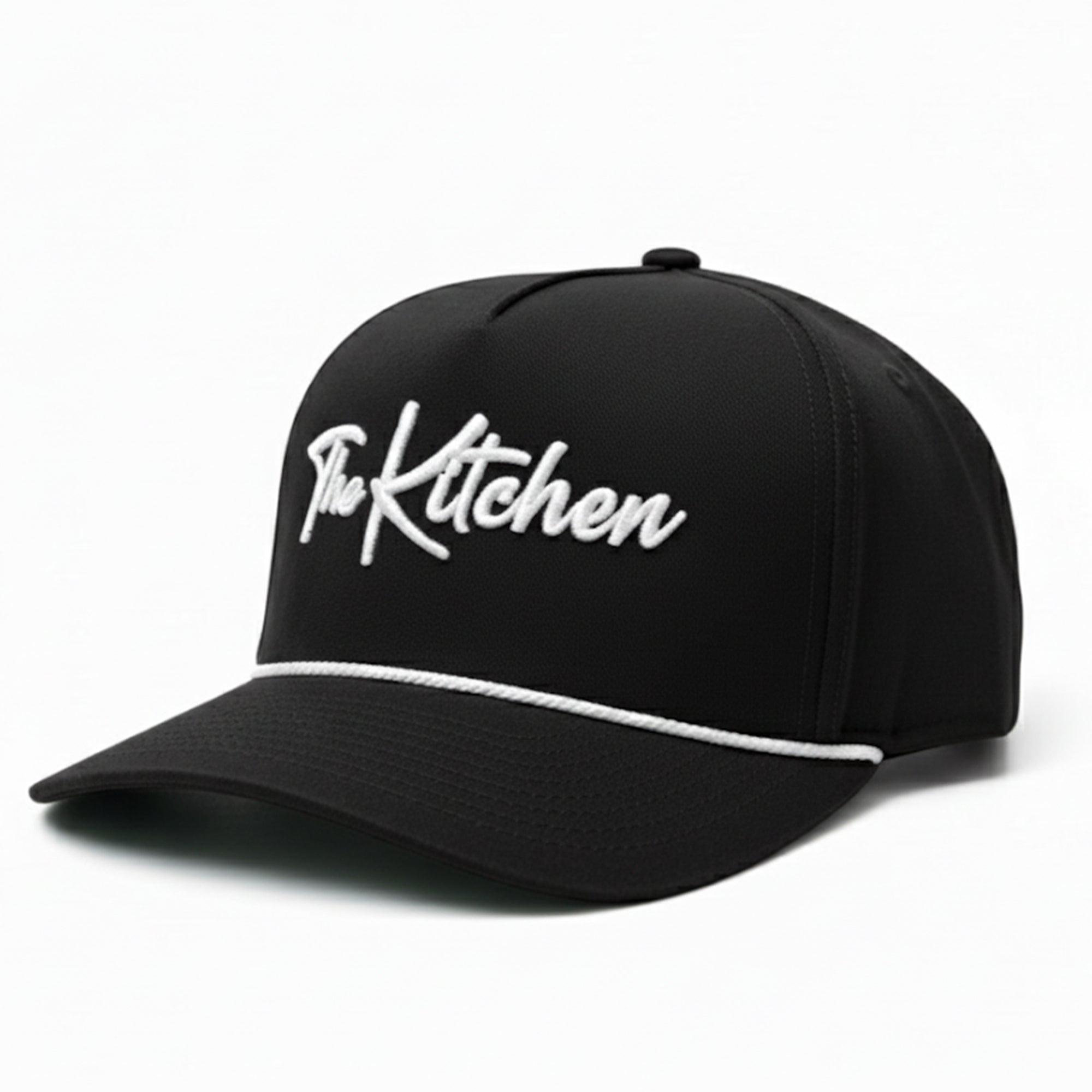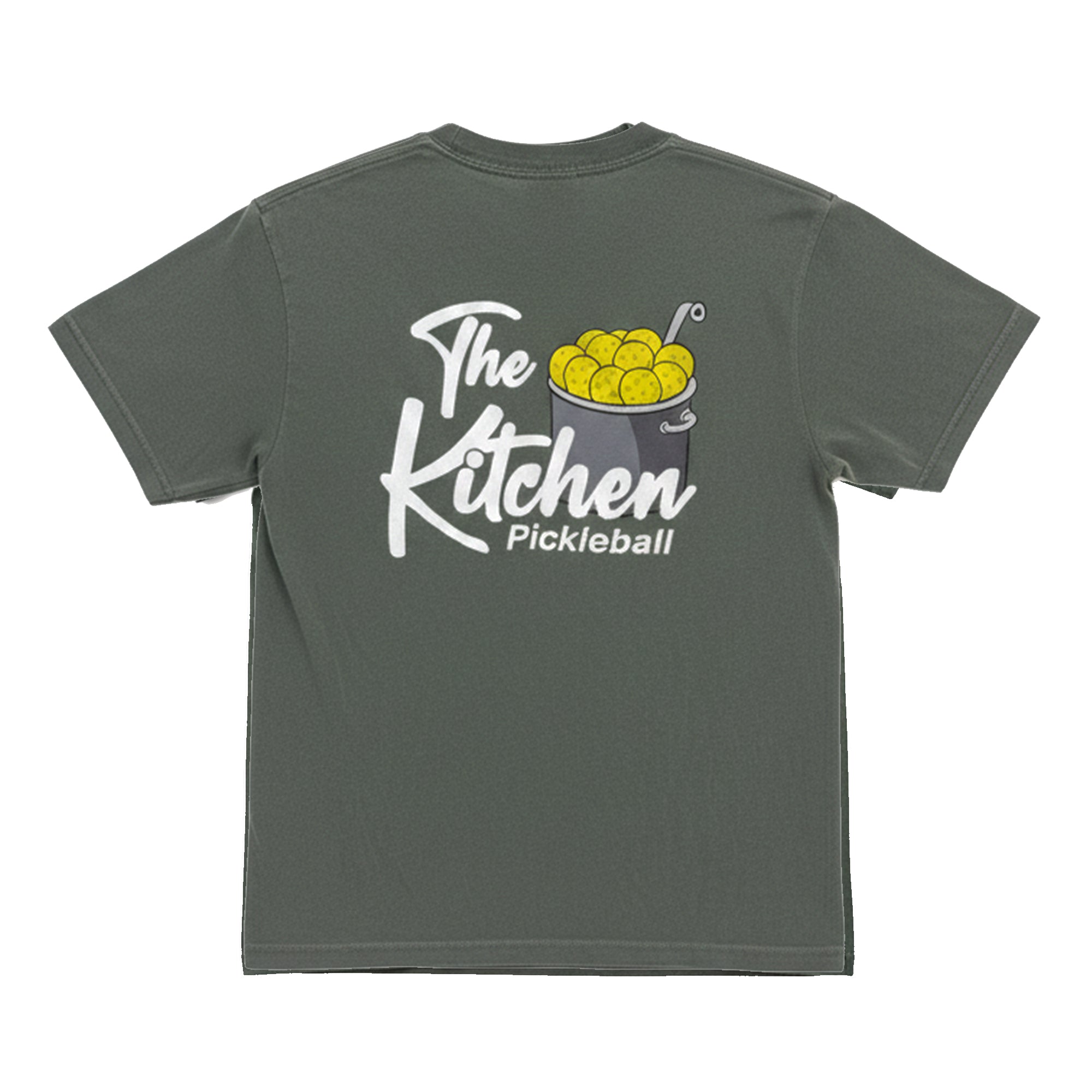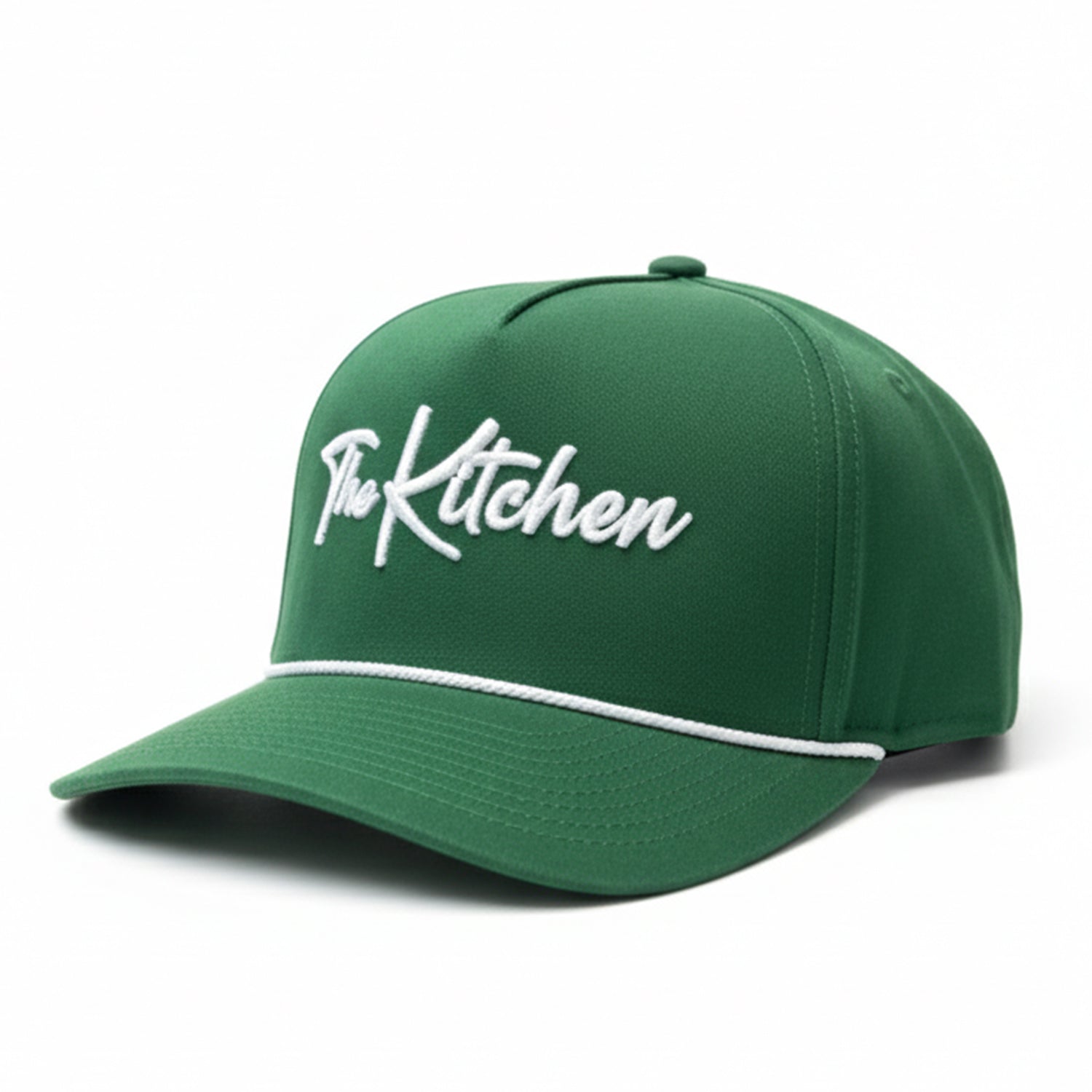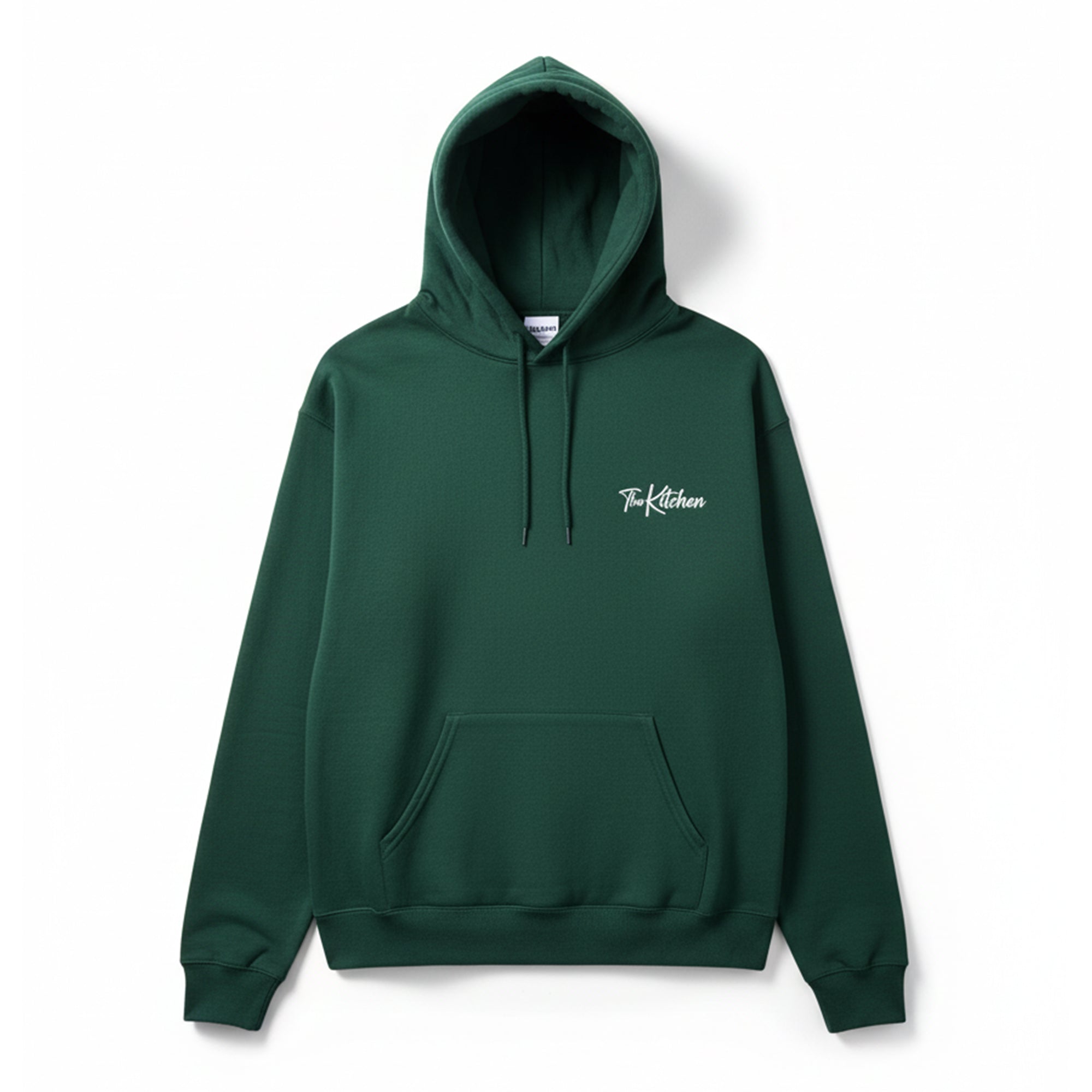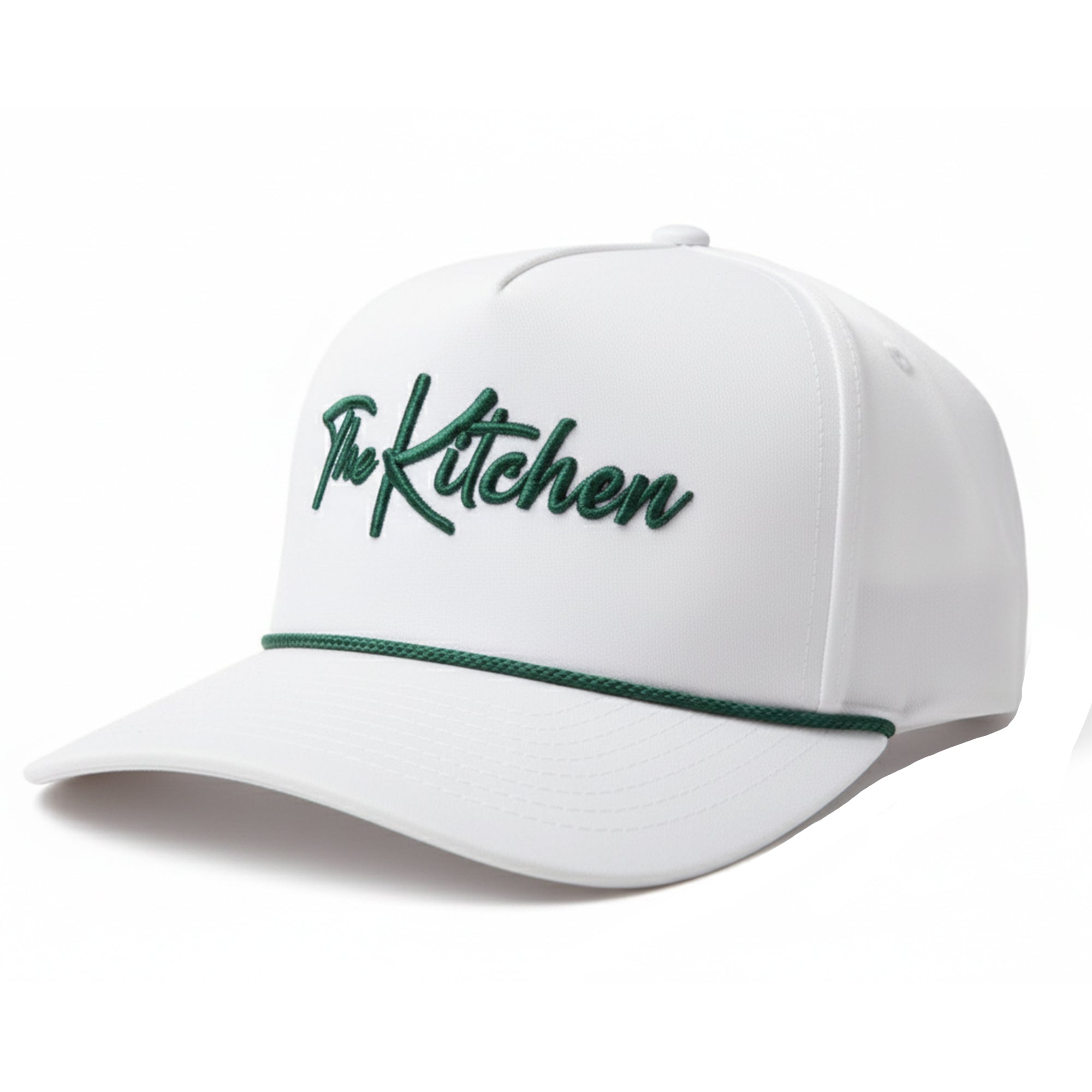James Ignatowich is giving out hot takes like this, instructional videos, and strategy input from other top pros in his weekly coaching newsletter! Click here to subscribe and catch up on previous editions.
Instantly Improve Your Pickleball Dink Technique with One Tip
Last Edited
Jan 20 2025
Category
Instruction
Top 5 pro James Ignatowich here. Have you ever wondered why recreational pickleball players consistently have 1) bigger swings and 2) more funky wrist movement involved in their strokes?
I was just teaching a group of 4.0s - 4.5s that I won’t name (to save them the embarrassment of this callout), but let’s just call them “The Big Swing group.”
Or, the “BS group,” for short.
So, for whatever reason, this BS group was taking monstrous swings on all of their dinks and adding unnecessary, funky wrist movement to half of their shots.
One guy was even lifting his left knee up every time he hit a forehand speed up, a move he called, “The Flamingo.” For the record, I told him to stop right away.
I said that if anyone ever asked him where he learned that “move,” he didn’t dare tell anyone that he learned it from me.
I was utterly shocked at the “BS group” because it was almost as if they relished in the silliness of their unnecessarily large swings and funky movements.
I didn’t want to stop them from having fun, so I simply asked them a question:
“Have you ever observed the swings of the top pros, whether it be in a hands battle, dinking, or even a drop or drive?”
Turns out, they didn’t watch pro pickleball. That was the least shocking thing I learned about this group.
My purpose in explaining this story is twofold:
- First, you should watch pro pickleball. That’s the easiest way to gain an understanding of the technique that they use.
- Second, simplicity is key. It’s no coincidence that the top pros have smaller swings than you do. My swings seem to shrink every year. In recently watching myself play a match from 2 years ago, I was surprised to see how big my swings were, and how much extra wrist movement there was.
Decreasing Your Swing Size = Better Consistency
So that brings me to rule of thumb number 1: as you go up in pickleball level, you’ll notice that the size of backswings generally get smaller and more compact.
The higher the level, the faster the ball moves.
So, how do we prepare to go up a level in pickleball? Practice shortening your swings (yes, even your volleys!) and simplifying everything.
After all, there’s no need for any extra wrist movement on the soft stuff. Your wrist should be more or less fixed, with almost no movement at all.
This doesn’t mean you should tense up and try to lock it on purpose, but you should not use your wrist if you don’t have to.
So how do we actually practice shortening our swings and minimizing wrist movement?
If you’re struggling with extra movement and swing size on your shots, the next time you get out there and drill, exaggerate the most simple possible motion to still execute the shot.
Any movement that you may not need for execution? Don’t do it.
For the purpose of this exercise, completely exaggerate it. Now, exclusively hit the shot that way for the entire practice. See if your consistency improves.
Read Next: You Should Miss More Pickleball Serves (Here's Why)
After all, what’s more repeatable, a big swing, or a small swing? And that’s what pickleball is at its core - A game where the winner is determined by who makes more balls inside of the lines In conclusion: Exaggerate the simplicity of your strokes.
